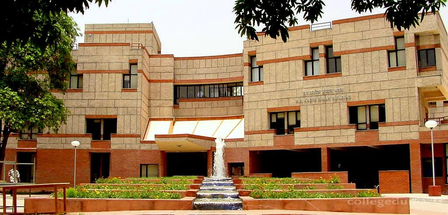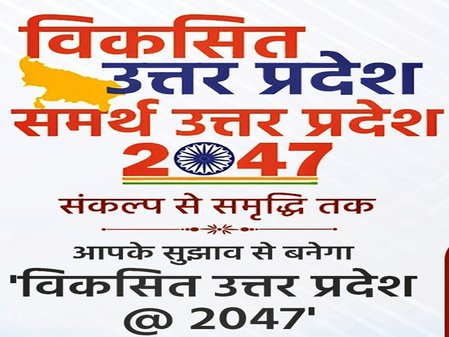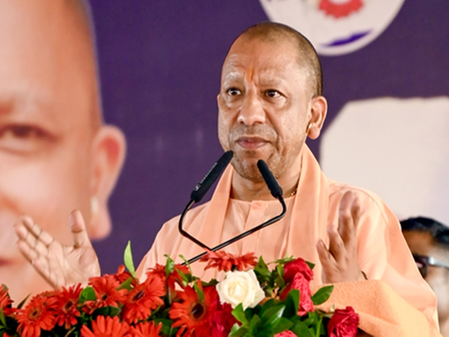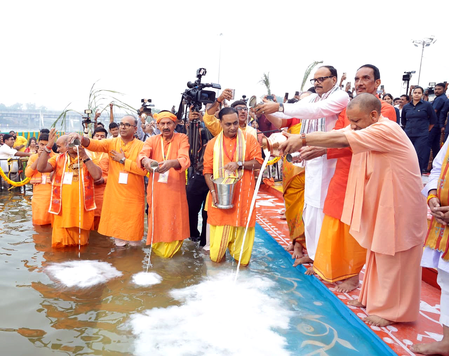
New Delhi, Oct 28 (IANS) Delhi Forest and Environment Minister Manjinder Singh Sirsa said that two attempts to induce artificial rain were made in the Capital on Tuesday with the help of IIT-Kanpur and similar efforts shall continue in the coming days.
“Today, one attempt was made in the morning and another in the evening. The results are still to be collated,” Sirsa told IANS, highlighting the government’s efforts to use scientific measures to counter polluted air in Delhi.
The experiment for inducing artificial rain comes close to a dip in air quality around Diwali. The Air Quality Index (AQI) in Delhi and the NCR has remained in the ‘poor’ and ‘very poor’ range across several areas.
Cloud seeding involves adding chemicals like silver iodide nanoparticles, iodised salt, and dry ice to the atmosphere to ‘trick’ the environment into raining and is used in areas experiencing water scarcity or to reduce hail and clear fog.
IIT-Kanpur said its plane on Tuesday seeded a corridor roughly 25 nautical miles (46.3 km) long and four nautical miles (7.4 km) wide, with the largest distance covered between Khekra and Burari colonies.
The first round involved six flares released at an altitude of 4,000 feet. The second took off at 3.55 p.m. and deployed eight flares at a slightly higher altitude, around 5,000 feet.
Sirsa said for the first attempt, the plane entered the city from Meerut’s direction and released flares over Burari, Karol Bagh and East Delhi.
He said IIT-Kanpur is also trying to test if artificial rain can be induced in clouds with moisture content as low as 20 per cent.
“We know that for successful cloud seeding we need at least 50 per cent moisture content in clouds, but IIT-Kanpur is trying to achieve something ‘historical’ even with low moisture content in clouds,” he said.
After including Tuesday’s two cloud seeding attempts, the number of trials conducted in Delhi so far has reached three, said the Minister.
“In the coming days, several such cloud seeding attempts will be made,” he said.
IIT Kanpur Director Manish Agarwal explained that attempts to induce artificial rain in the Capital had been made earlier as well, but these were not possible due to a lack of necessary permissions.
“This time, the green light has been received from both the Delhi government and the Ministry of Environment, making the experiment more likely to be successful,” he said.
He explained that this technique can induce rain within a radius of approximately 100 kilometres, which will significantly reduce air pollution.
The IIT team had earlier completed all technical preparations and conducted practice rehearsals.
According to experts, artificial rain will help settle dust, smoke, and pollutants in the atmosphere, clearing the air and providing significant relief from pollution.
Delhi Chief Minister earlier announced her government’s ambitious plans to rid the city of toxic air using scientific methods.
In the run-up to the city’s first-ever cloud seeding experiment to counter air pollution scientifically, CM Gupta said, “If conditions remain favourable, Delhi will experience its first artificial rain on October 29.”
She said, “This initiative is not only historic from a technical perspective but is also set to establish a scientific method to combat pollution in Delhi.”
The Delhi government signed a Memorandum of Understanding with the IIT-Kanpur in September to carry out five cloud-seeding trials over northwest Delhi at a cost of Rs 3.21 crore. All five attempts are planned before November 30.
–IANS
rch/dan




